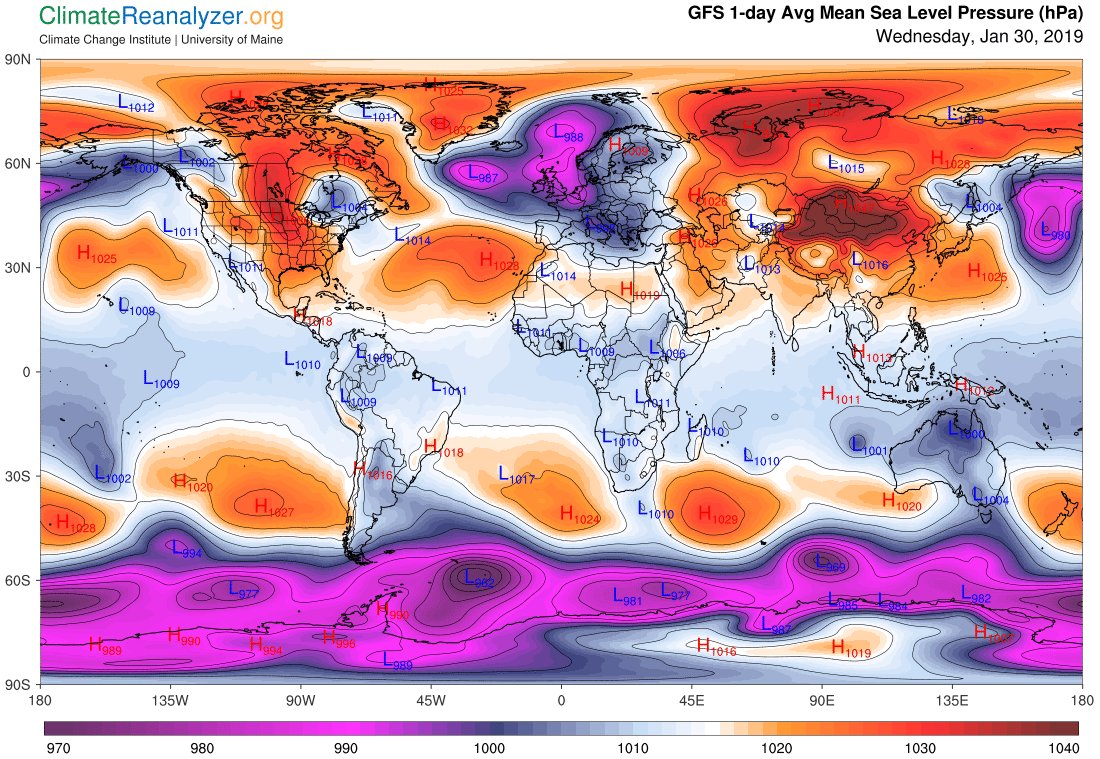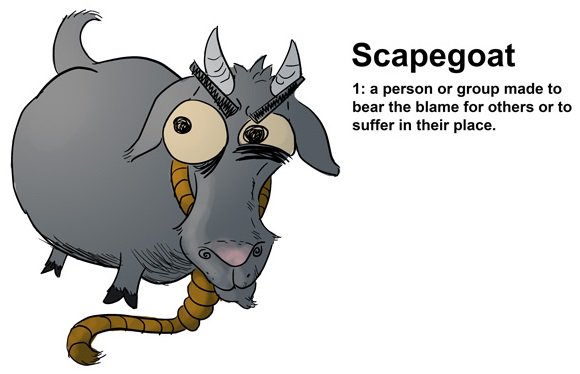Because it’s popular, let’s dig in, and also is this thing related to global warming? Let’s start with the basics. We’ll get to polar vortex toward the end.
Digression (b): in those same (under)graduate classes, we often played with throwing dye in rotating tanks. Fun!
Digression (c): in those same (under)graduate classes- you write down lots of equations with cosines & exponentials and other nonsense that look like they describe waves
gfdl.noaa.gov/blog_held/28-t…
climatereanalyzer.org/wx/DailySummar…

But there is not really any evidence global warming makes cold more cold or cold more likely.









